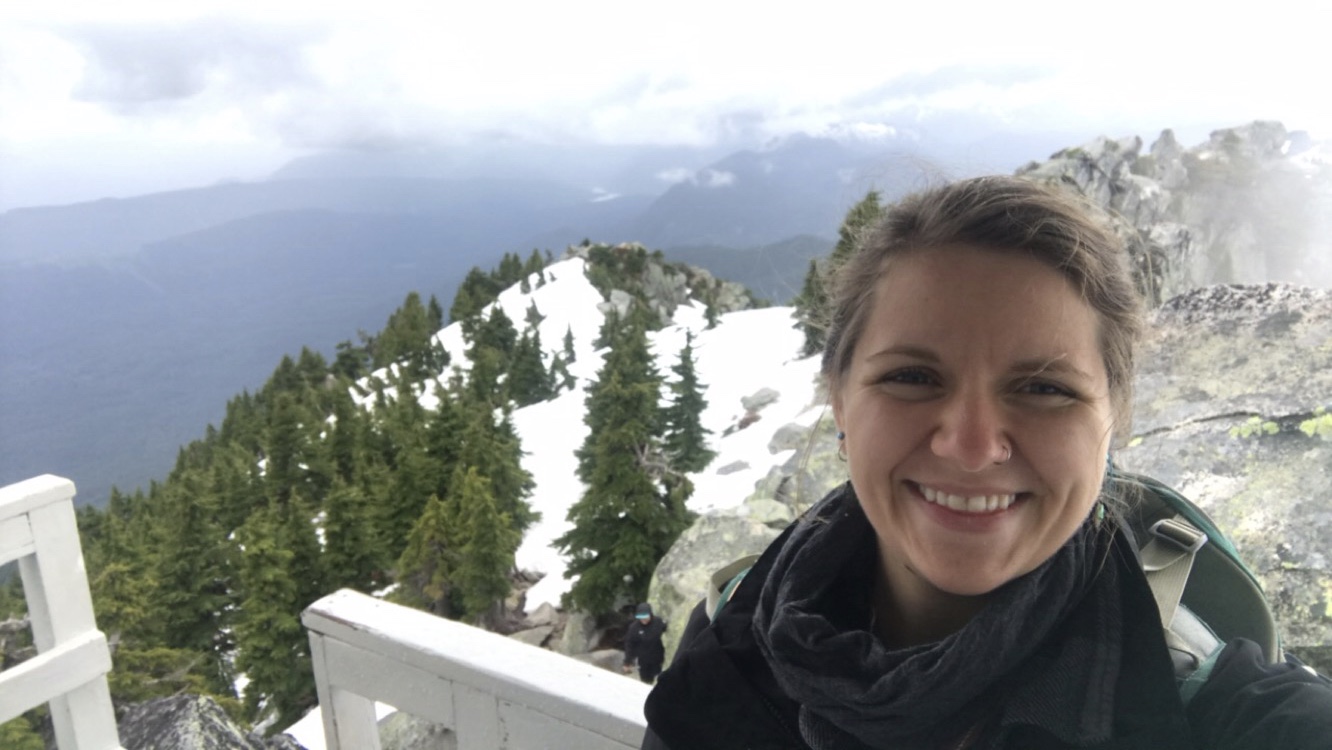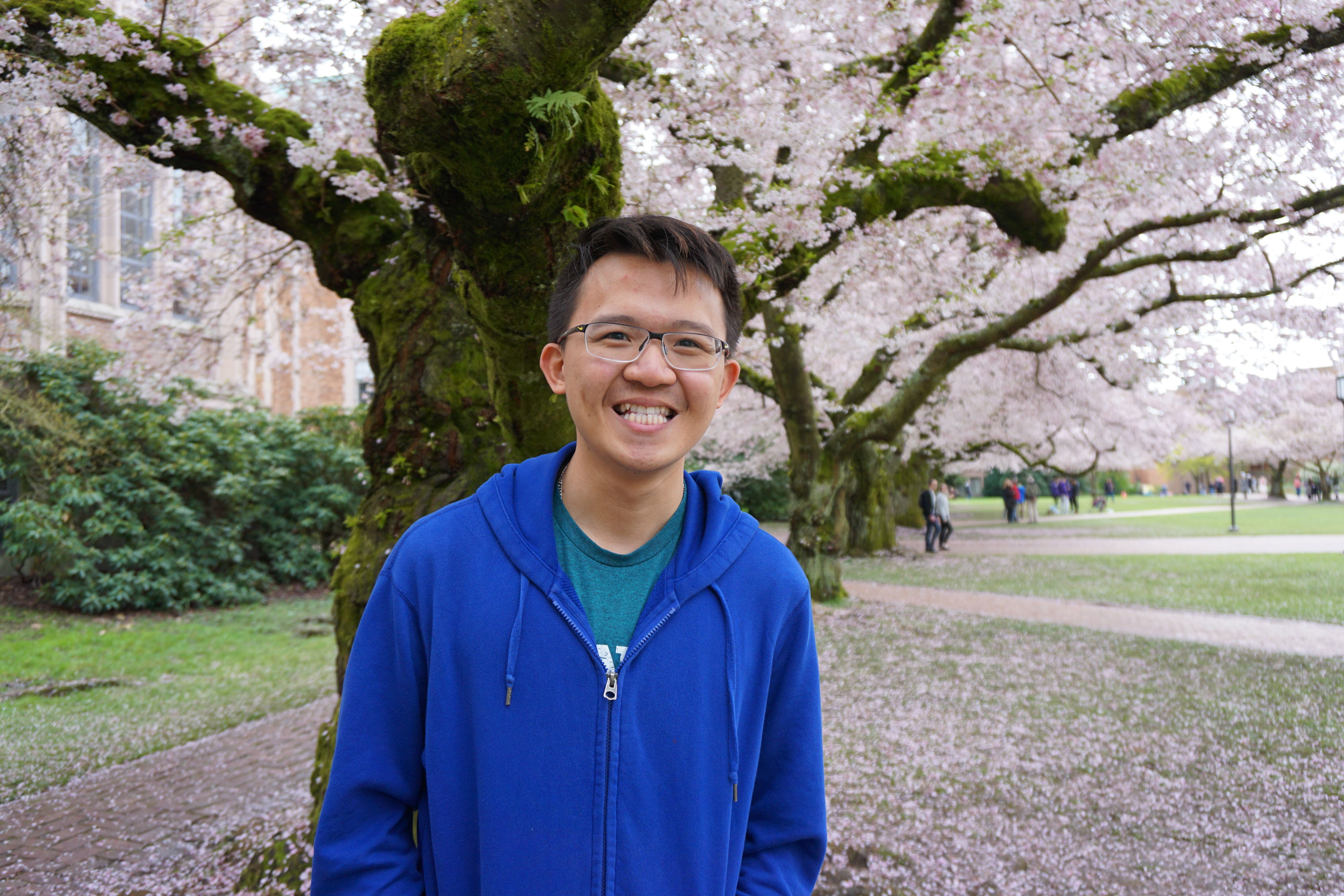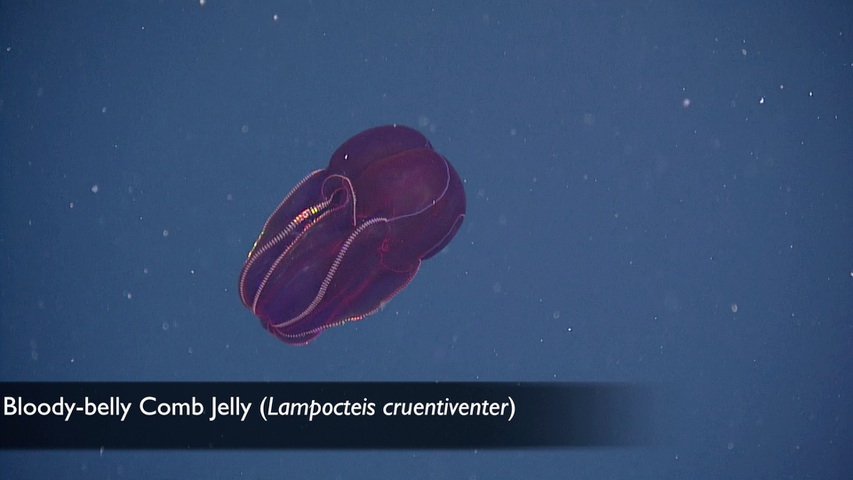Image Archive





























Brison Grey

Yashwant Meghare

Spencer Nelson

Rachel Scott

Katie Keil

Evan Davis

Riah Buchanan

Leland Wood

Brittney Slucher

Matthew Munson

Amy Larsen

Eve Hudson

Emilio Tesin

Bing Yu Lee

Bathymetric map showing OOI core infrastructure as installed in 2017 at the Slope Base site. Credit: M. Elend, University of Washington.

Bathymetric map of Southern Hydrate Ridge showing core OOI Cabled Array infrastructure and instruments as installed in 2017. The main study site is focused on Einsteins' Grotto that is highly dynamic with explosive bubble plumes and large collapse zones that have formed since 2010. Credit: M. Elend, University of Washington.

Cabled Array infrastructure at the Oregon Offshore Site as installed in 2017. The site was trawled fall 2017: the Shallow Profiler Mooring (PC01B-SC01B) will be reinstalled during the Cabled Array 2018 field program. Credit: M. Elend, University of Washington.

A bathymetric map showing core RCA cabled infrastructure at the Oregon Shelf site as installed in 2018. Credit: M. Elend, University of Washington

Cabled infrastructure at the Oregon Endurance Shelf site, in 80 m of water, obtains power and communications from Primary Node PN1D located ~ 17 km to the west. The site is impacted by strong currents with very turbid water due to high productivity. Credit. D. Kelley and CEV, University of Washington.

Cabled Array core infrastructure and instruments at the summit of Axial Seamount. Also shown in yellow are new instruments funded by the National Science Foundation (COVIS sonar,self calibrating pressure sensor, and flipping tilt meter) and an 3D temperature array platform that will be installed this year, followed by the instrument array next year funded by the Office of Navy Reserach. Credit. D. Kelley and CEV, University of Washington.

Location of Cabled Array infrastructure at Axial Base in 2017 and positions of CTD casts. Credit: M. Elend, University of Washington.

Perspective view of Cabled Array infrastructure at the base of Axial Seamount (~2600 m water depth).

The National Science Foundations' Ocean Observatories Initiative Regional Cabled Observatory spans the Juan de Fuca tectonic plate. Two high power and bandwidth submarine fiber optic cables (900 km total in length) link to Axial Seamount and to several margin sites off of Newport Oregon.

A Shallow Profiler winched science pod and stationary platform, which host 18 instruments (e.g. pH, CO2, temperature, chlorophyll, zooplankton, nutrients, currents) undergoes testing in the School of Oceanography saltwater tank. The platforms will be deployed 600 ft beneath the oceans surface. Since 2015, three of these pods have made >27,000 profiles, providing unprecedented measurements of our dynamic ocean in real-time. Credit: D. Kelley, University of Washington.

VISIONS 18 Main Image

screenshot2017-12-18at11.58.38am

blacktailsnailfish-poster

bloody-bellycombjelly-poster
- Anemone
- Animal
- Arthropod
- ASHES
- Axial
- Axial Base
- Axial Biology
- Axial Caldera
- Bacteria
- Basalt Lava
- BEP
- Biofouling
- biolgoy
- Biology
- Camds
- Camera
- Camhd
- Central Caldera
- Ciliates
- Cnidaria
- Coastal Biology
- Crab
- Deep Profiler Mooring
- Dive Highlights
- Eastern Caldera
- Echinoderms
- Endurance Array
- Engineering Team
- ENLIGHTEN 10
- Exploratorium
- Fish
- Geology
- HD Camera
- HPIES
- Hydrate Ridge
- Hydrates
- Hydrophone
- Hydrothermal Vents
- Illustration
- Inshore 80 Meters
- Instrument
- International District
- J-BOX
- Jason
- Jellyfish
- Junction Box
- K12
- Lava
- Mollusk
- Moorings
- Nodes
- Nudibranch
- Octopus
- OOI
- Oregon Offshore
- Oregon Offshore 600 m
- Oregon Shelf
- Oregon Slope Base
- People
- PN1B
- PN1D
- Polychaetes
- PPSDN
- Primary Node
- RASFL
- ROCLS
- ROPOS
- ROPOS Dives
- ROV Team
- RV Revelle
- RV Sikuliaq
- RV Thompson
- Salp
- Sample
- SC13
- Science Team
- Sea Cucumber
- Sea Star
- Sea Urchin
- Seafloor
- Seismometer
- Sensors
- Shallow Profiler Mooring
- Shark
- Shipboard
- Shore Station
- Slope Base
- Smoker
- Soft Coral
- Southern Hydrate Ridge
- Sponge
- Squid
- Students
- Students & Guest Participants
- Tmpsf
- Tubeworms
- VISIONS 11 Leg 1
- VISIONS 11 Leg 2
- VISIONS 11 Viewers
- VISIONS 13
- VISIONS 14
- VISIONS 15
- VISIONS 16
- VISIONS 17
- VISIONS 18
- VISIONS 20
- VISIONS 22
- VISIONS 23
- Visualization
